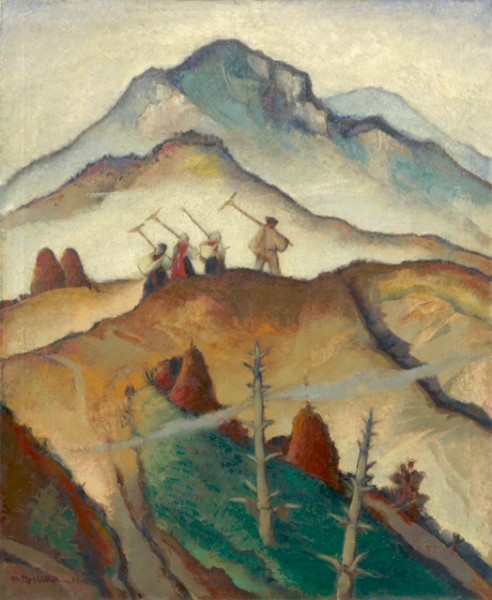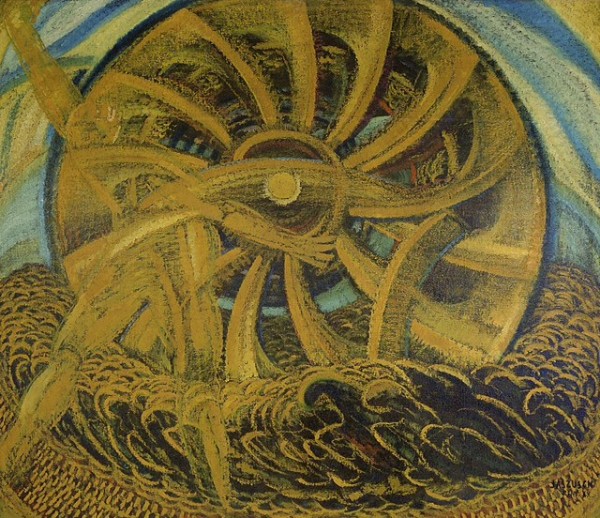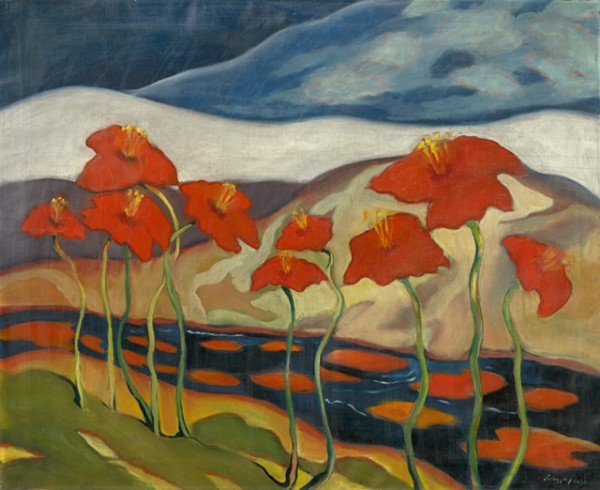The term Slovak Modern Art (or, if you will, the Slovak Modernism – since it is a truly multi-cultural and multi-national phenomenon) represents visual works, which in the period of approximately the first half of the 20th century (more specifically from 1920s to 1940s) responded to the Western-European avant-garde and modernist art development movements, and attempted to adapt them. “Domestication” or “inoculation” of the western culture model – i.e. modernism and avant-garde movements as being the products of highly individualised and industrialised Western-European society – into the environment of underdeveloped and in the first half of the 20th century still primarily agrarian civilisation, did not take place in a straightforward and unidirectional manner. In Slovakia’s different historical environment, adoption of new artistic impulses was usually postponed – there was a number of solitary individual initiatives without a more focused group or program background. The reason why our early works that preceded European Modernism were ‘coloured’ in our national, domestic colours, was the deeper rooting of the artists and their work in their time and space, together with the functions and roles they played in the social organism of that time. That is why the notion of ‘art for art’ was unknown in Slovakia, even though there were attempts at defining art as a peculiar game and creativity of shapes, remained typically unfinished... In our world, art was always also something else than mere art, most often it was a struggle and a fight – for breaking free from the shackles of historical anonymity, for the national identity, but also for the vision of the future, for new ideals... and last, but not least, also for ourselves, for defending and confirming the right to be art.
The selection of works from the most significant representatives of the Slovak Modern Art from the collections of the Slovak National Gallery represent “our” domestic version, our own story or visual modernism. Today, we know that for an art, being “marginal” can be advantageous. We invite our visitors to see for themselves that authentic and original works of art were crated also in Slovakia, works that are capable of speaking to audience, art that we know, love and which we like returning to...



